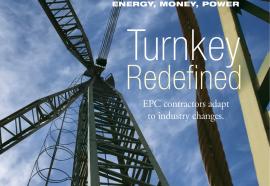FERC's Full Plate
A look at issues facing the commission for the coming year.
Price-Responsive demand, EPA regulations, and merger policy will be on the agenda for the coming year as the Federal Energy Regulatory Commission works its way through the list of key cases that were pending at FERC as of January 2011.







